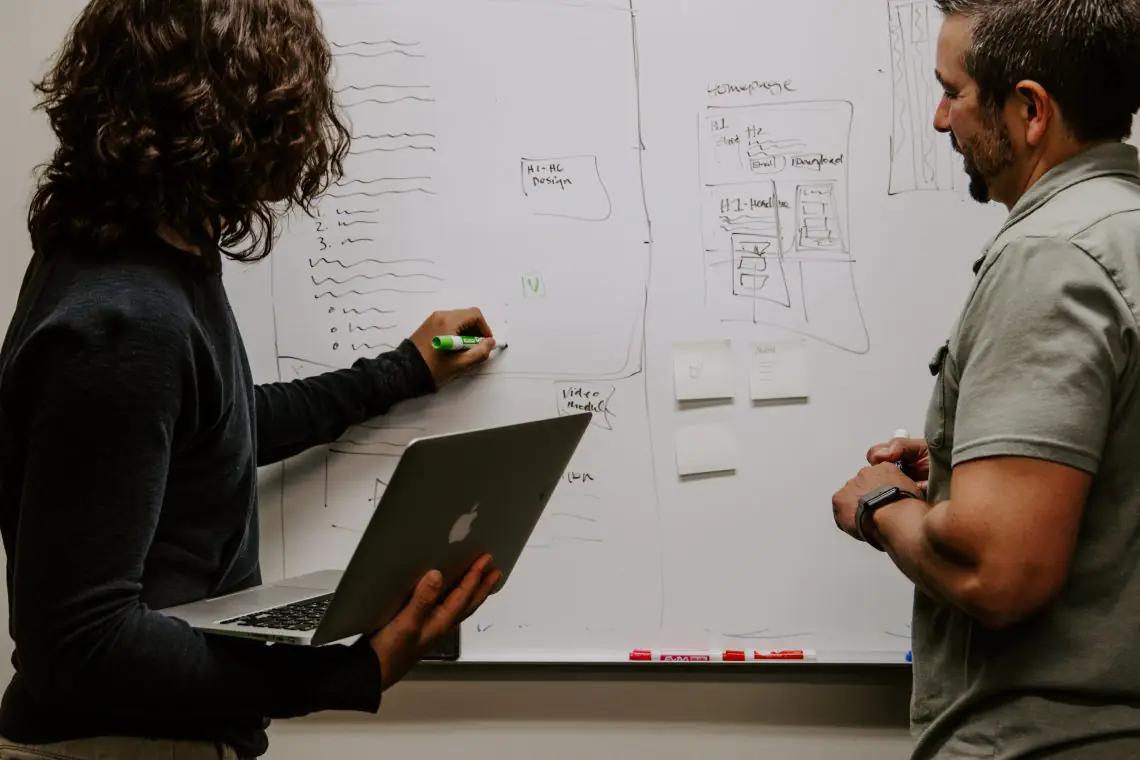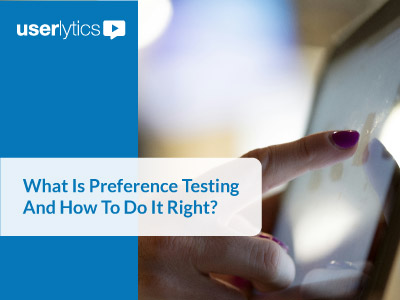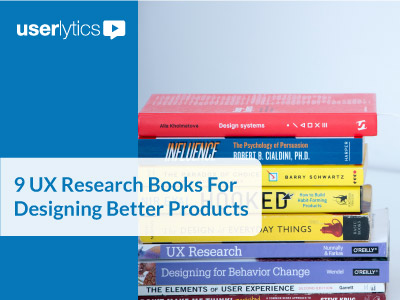
Everyone knows that user research is important for building a highly usable product. It’s the exact details of the research process that are less obvious.
Designers have a vast array of research techniques to choose from. What’s more, the objectives of these techniques will change based on where you are in the product design lifecycle.
For example, user testing in the discovery phase should be generative in nature, i.e., focused on identifying current patterns and producing ideas for how to design a better solution.
Meanwhile, testing in the later stages of product design will focus on validating or in-validating your design direction.
To create an effective user experience, you need to make sure you conduct the appropriate research throughout the design process. Otherwise, you risk settling on an average design when more effective options exist.
To avoid that fate, here’s how your research objectives and methods should change as you advance through your process.
What to Look for During Early Stage Research
Whether you’re redesigning an existing product or creating something from scratch, early stage user research is critical.
And this research has to be unbiased — or as close to unbiased as humanly possible.
Because if you don’t take the time to uncover what your audience needs, you’ll just spend time justifying the design that you think is best rather than uncovering a truly user-centric solution.
We see this mistake quite often at DePalma. Clients will hire us to redesign their application after their IT department built something all the users hated.

That’s why user research in the discovery phase should combine qualitative and quantitative techniques.
Remote user testing is an excellent quantitative method for discovery research, because it helps you build a consensus about the usability of a design using data.
Some of the most important metrics you can use to inform your design include:
- Task completion time
- Task success rate
- System usability scale (SUS)
- The average number of errors
These metrics will not only uncover which tasks users can easily complete — and therefore which parts of a design are effective — but they also provide a baseline you can compare your later work to.
It’s important to supplement your quantitative user research with qualitative user testing. That way you’ll be able to uncover emotional needs, generate new ideas, and understand individual expectations that might not be obvious in quantitative data.
Ideally, you’ll accomplish your qualitative research with smaller test groups on a platform that allows you to take an iterative, Agile UX approach.
How to Plan Remote User Testing for Discovery
Remote user testing is one of the few research techniques that allows you to combine qualitative and quantitative analysis.
To set up a usability test in the discovery phase, identify the 3-5 tasks that are most important to the initial scope of your project. Then watch how users perform them.
As you watch users navigate your usability tests, ask yourself these questions:
How do people currently accomplish tasks? Even if you’re using a competitor’s design as an asset, look for patterns in how people navigate the interface.
What frustrates them about the current setup? Even if the test is unmoderated, prompt users to vocalize their frustrations so you can uncover exactly what’s holding them up.
Are there workarounds they need to take with the current software? If so, can you use these workarounds as a basis for your new design?
How do people wish the software performed? Again, this is where qualitative data plays a key role. Either in the test itself or afterward, make sure to follow up with participants and ask this question.
Whenever you conduct usability testing, it’s a good idea to make sure you’re using a platform that helps you locate key events and comments from your data.
If you recruit a large number of participants, you’re going to have hours upon hours of video. Utilizing a system that offers you time-stamped, hyper linked transcriptions as well as highlight reels and annotations, will make your job much, much easier.
Otherwise, you could be drowning in a pile of an endless pile of sticky notes.

Remember, when you’re conducting user research early in the process, the goal is to be generative. Make your objective to uncover new ideas directly from your users.
Early and Late Stage UX Testing
What to Look for During Late Stage Research
In contrast to the discovery phase — when you’re generating ideas — the later stages in the design process should focus on evaluative research.
Again, there’s a library of testing techniques you can use at this stage in the process, so for simplicity’s sake, let’s focus on how usability testing differs at this stage.
When you set up your test, you should still be concerned with the same 3-5 tasks you tested early (unless one of those workflows didn’t need redesigning).
The difference now is that you’re refining the processes instead of discovering them. So ask yourself these questions as you gather new data:
- Are the new quantitative metrics better than the baseline you established earlier?
- Is the solution intuitive? Does the user flow take fewer steps?
- How does the qualitative feedback differ from the discovery phase?
Your first round of evaluative testing won’t be perfect. It’s normal for your initial design to have flaws. That’s why we test.
The goal is to look for indicators you’re moving in the right direction and then continue to iterate.
This is where having the right tools makes a difference. It’s normal to have several ideas about which direction to take your design. With a system like Userlytics, you can run A/B tests during your user research to uncover which of your ideas resonates most with your audience.
In addition, you could very easily be responsible for designing a mobile version of the product, which will require an entirely different round of usability testing. Userlytics lets you quickly test mobile prototypes with small groups of users and rapidly iterate.
If you’re armed with the right tools and the right methodology, you’ll be able to take a scientific approach to improving your design, instead of guessing about what should happen next.
Interested in UX Testing?
Data Visualizations
Early and Late Stage UX Testing, Early and Late Stage UX Testing
About the Author: Userlytics

Since 2009 we have been helping enterprises, governmental organizations, non-profits, agencies and startups optimize their user experience, or UX. With our state-of-the-art platform, massive global participant panel and unlimited accounts/seats for democratizing user research, we are the best all-in-one solution for remote user testing.
Schedule a Free Demo



